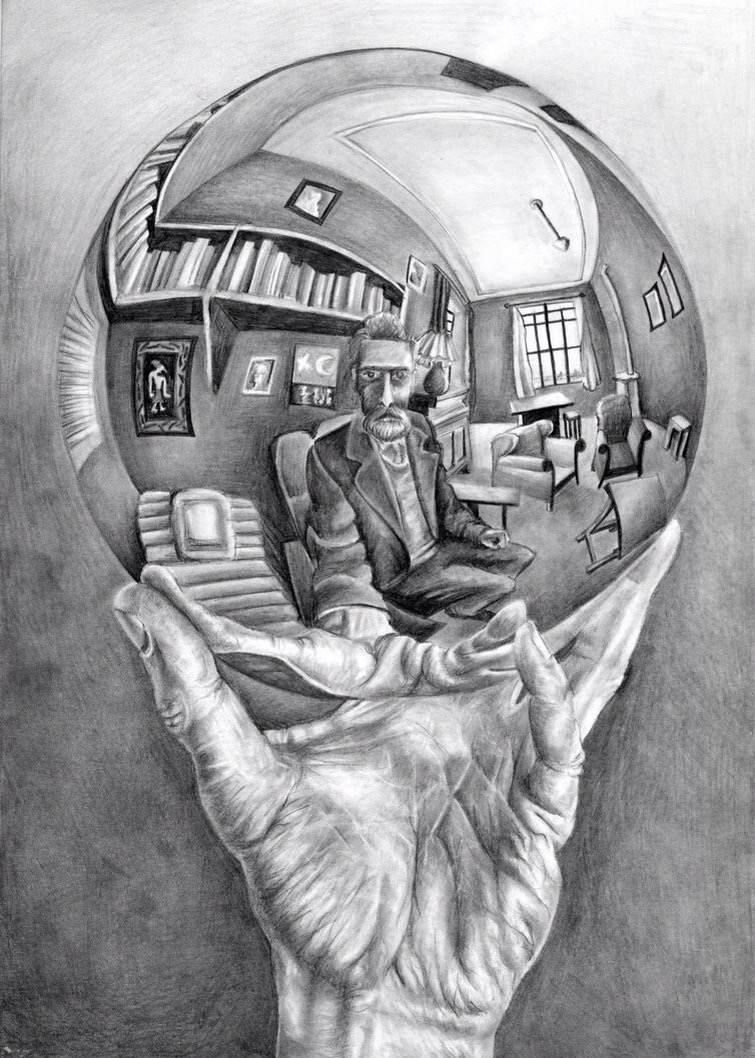


0%


Howell R.
First pub. in: Theoria. 1974. Vol. 40. Issue 2, PP. 76–109.
“In this paper I answer the question: what logical form have statements in which a picture is said to represent some object? More exactly, my question is: of what symbolic sentences, expressed in the first-order predicate calculus (perhaps supplemented with modal operators), may such statements in English about pictorial representation be taken to be translations? In asking this question I assume that the various syntactic elements of these symbolic sentences are given the standard sort of semantical interpretation, that some means (however poorly understood) exists of translating symbolic sentences into English, and that the specific symbolic sentences supplied in response to the question expose a maximum amount of logical structure. (I stop at the first-order predicate calculus simply because no further structure obviously relevant to the topic of representation seems exposed by higher-order calculi.) An adequate answer to my question seems needed before any satisfactory analysis of the phenomenon of pictorial representation can be given. Yet the question goes largely undiscussed.
The major problem about the logical form of claims like “The Avignon Pietu represents Christ as lying across Mary’s lap’’ is their intensionality. The direct-object construction after ”represents” and the function of “as” in such claims pose further difficulties. These problems tempt one to write off normal statements about representation as hopelessly confused-and thereby badly to obscure our familiar concept of representation. Recent developments in modal logic allow one to begin to resolve such problems without altering that concept, however.
I shall argue that a picture represents an actually existing individual as being so-and-so just in case two conditions are met: (i) the individual represented plays a causal role in the production of the picture (and-perhaps-satisfies some further requirement); (ii) that individual occurs in a fixed place in the picture space belonging to the picture and is so-and-so in each state of affairs compatible with what the picture represents. (If the individual represented is nonexistent, only (ii) is required. The reference of “that individual” in (ii) is then-as explained belowto an object which does not exist in our actual world but does exist in the picture’s picture space in those states of affairs compatible with what the picture represents.) After describing in § I the intensionality present in claims about representation, I set out the formal apparatus and notion of picture space needed for these results in §§ II-III. § IV applies the ensuing system to a variety of claims made about pictures. In § V I show how to refine the apparatus of §§ II-IV to characterize features of representation not there treated, and I relate my findings to the task of analyzing pictorial representation. (Thus I suggest in § V what it is for a picture space to belong to a picture.) Although throughout I discuss only pictures, these findings with adjustments should generalize to other kinds of visual representation. A discussion of non-visual systems of representation, however, lies beyond the scope of this paper.”

